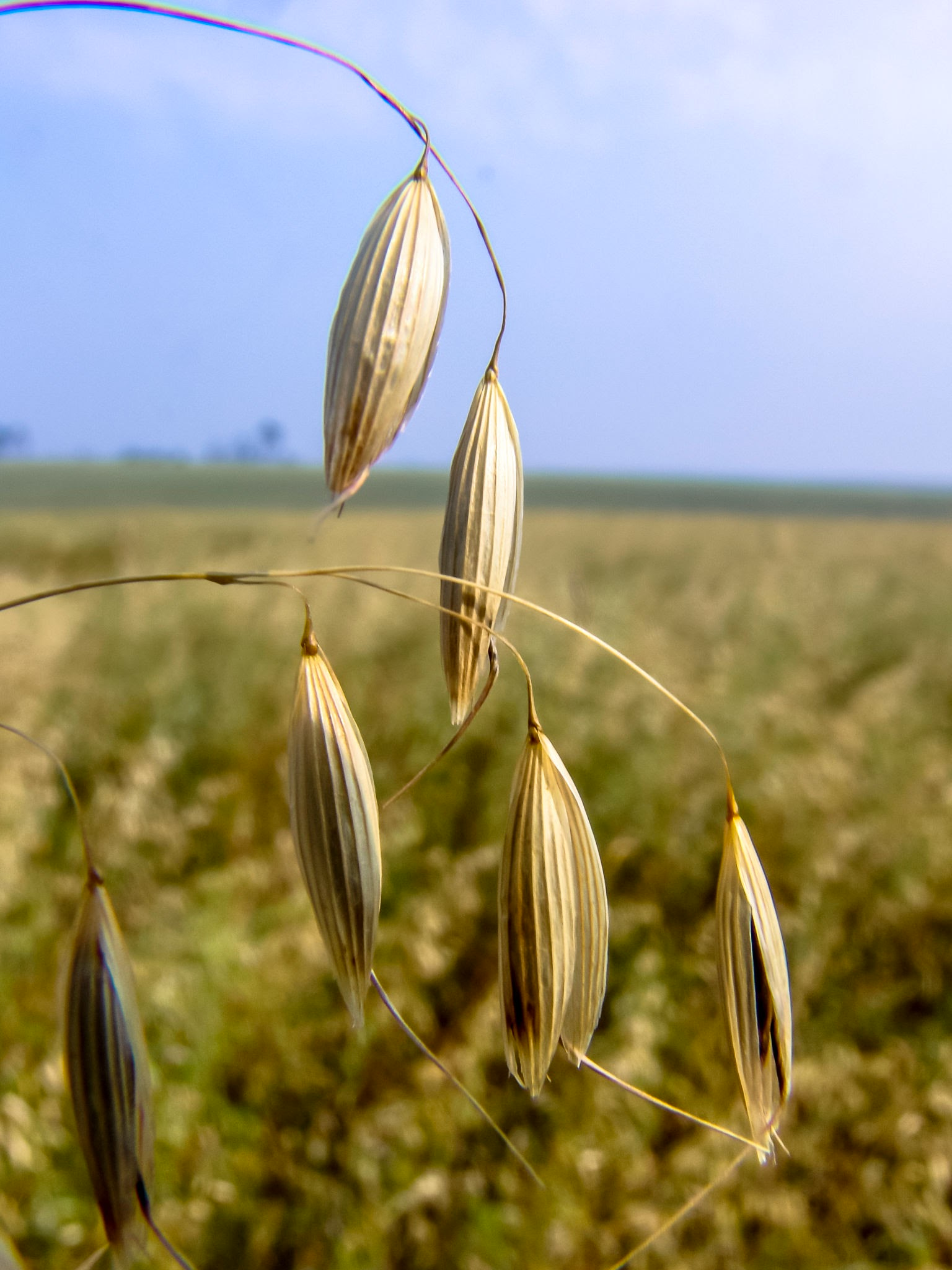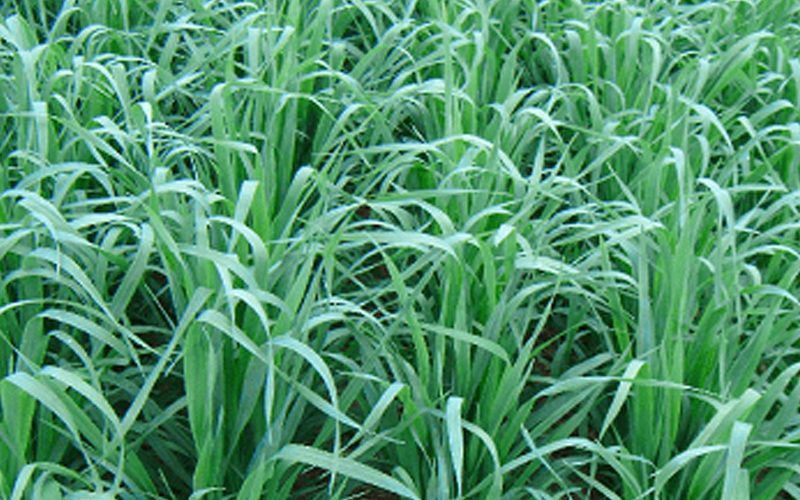2023 Cover Crop Seed
Black Oats
Distribution
2 lb will broadcast over approximately 4,000 square feet
Season
All seasons in Hawaii
FREE LOCAL PICKUP
In Kaneohe, Oahu
2lb. Bag
$9.50
Out of stock


Black oats (Avena strigosa), also known as winter oats, are a type of cover crop that has distinct characteristics that set them apart from other cover crops. Here are some ways in which black oats differ from other common cover crops:
Rapid Growth: Black oats are known for their rapid growth rate, especially in the fall. They establish quickly after planting, allowing them to cover the soil surface and begin providing benefits such as weed suppression and erosion control in a relatively short time frame.
Biomass Production: Black oats are known for their vigorous growth and ability to produce substantial amounts of biomass. This biomass contributes to organic matter content in the soil when the oats are incorporated after their growth cycle. The high biomass production can also provide effective weed suppression and contribute to soil structure improvement.
Nitrogen Scavenging: Black oats have the ability to scavenge and absorb excess nitrogen from the soil, helping to prevent nutrient leaching and loss. This makes them valuable in nutrient management strategies and in reducing the environmental impact of excessive nitrogen runoff.
Allelopathic Properties: Black oats, like other oats, possess allelopathic properties, meaning they release natural chemicals that can inhibit the germination and growth of certain weed species. This allelopathic effect can help suppress weed competition and reduce the need for additional weed control measures.
Adaptability: Black oats are adaptable to a range of soil types and growing conditions, making them suitable for various agricultural and land management systems. They can be grown in rotation with other crops or used as a cover crop in orchards, vineyards, and vegetable fields.
Residue Breakdown: The residue of black oats can decompose relatively quickly compared to some other cover crops. While this can provide a quick return of nutrients to the soil, it’s important to manage the timing of incorporating or tilling in the cover crop residue to avoid potential nutrient tie-up.
It’s important to note that the effectiveness and suitability of black oats as a cover crop can depend on factors such as local climate, soil type, management practices, and specific goals for using cover crops. Consulting with local agricultural experts or extension services can provide valuable insights on how to best incorporate black oats or other cover crops into your specific land management strategies.
